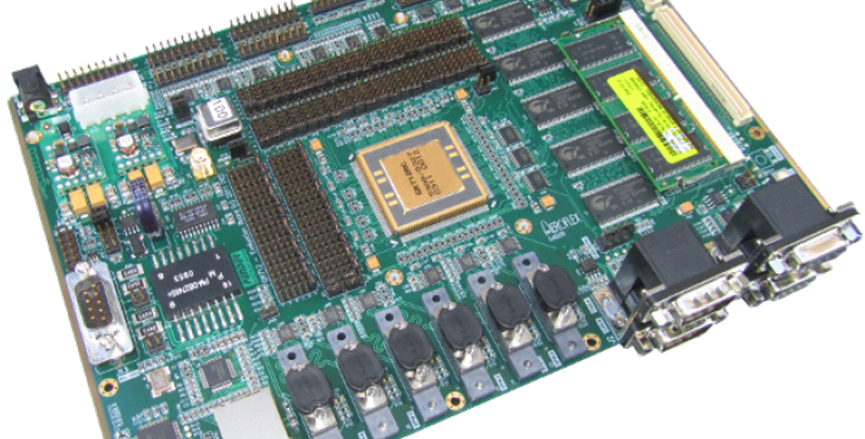NIS18.5 million to 11 Companies for Innovative Space Technologies
The Israel Space Agency in the Ministry for Innovation, Science and Technology, in partnership with the Israel Innovation Authority, provide NIS18.5 million to 11 Companies for the Development of Innovative Space Technologies.
Approved in the framework of the space program initiated by the Israel Space Agency in the Ministry of Innovation, Science and Technology in collaboration with the Israel Innovation Authority:
NIS18.5 million to 11 Companies for the Development of Innovative Space Technologies
Minister of Innovation, Science and Technology, Orit Farkash-Hacohen: “I welcome and applaud this important initiative from the Israel Space Agency, under the Ministry of Innovation, Science and Technology, to advance civilian innovations related to space. The global space industry is going through a real revolution. The market doubled in size over the last decade and is expected to grow to a trillion dollars in the coming years. The State of Israel has clear advantages in the space industry, but especially in the security domain. Therefore, we now have to succeed and to promote the civilian dimension of space and to connect it to the Israeli high-tech industry – this is exactly what the Israel Space Agency program does. The program will strengthen and promote 11 technological companies in the fields of satellite communications, rocket propulsion, sensors that will contribute to dealing with climate change, mining, agriculture, and more. The space industry is gaining momentum and touches on every area of our lives, and this program is part of the important process of strengthening this industry.”
Brigadier-General (res.) Uri Oron, Director General of the Israel Space Agency (in the Ministry of Innovation, Science and Technology): “The global space industry is at an unprecedented stage of growth. This program allows the entry of new players into this sector in Israel, as well as the strengthening of existing companies, while leveraging technological abilities in the existing space industry in Israel. This combination constitutes a social and economic growth engine.”
Dror Bin, Israel Innovation Authority CEO: “The development of the space industry in Israel is a stimulus for social and economic growth. Investment in the space industry leverages existing strengths, and in doing so creates congruence between successful segments in this field and Israeli capabilities in AI, cyber, and remote sensing. The support of the Israel Innovation Authority and the Israel Space Agency is only given after wide-ranging professional consultations about the project and constitutes a stamp of approval for companies in the industry, making it easier for them to recruit investors further down the road.”
The Israel Space Agency in the Ministry for Innovation, Science and Technology, in partnership with the Israel Innovation Authority, offers support in the space sector that encourages research and development for finding new, innovative and advanced technological solutions and products in the space sector, including the use of the space environment, or through integration, processing and analyzing data from space. In the framework of this program, which exists since 2012, 62 R&D projects already won a total of around NIS160 million.
The goal of the program is to strengthen the knowledge and the technological development capabilities of the space industry in Israel, to encourage the growth of space technologies startups, to encourage the use of existing technologies for space, reduce knowledge gaps with regards to what is happening in the global space markets, improve Israeli industry’s competitiveness and increase Israeli industry’s use of scientific knowledge accrued from space technologies.
The program is aimed at companies that are developing space products which are designed for installation in satellites or in ground stations that are used for purposes of command & control and communication; companies that develop instrumentation and equipment for calibration and checking space products that are designed for installation in satellites or are connected to their activities; companies that are developing space products that are designed for use in space or for installation in space systems; and companies that deal with processing and analyzing data from space.
In the framework of the program, companies were approved to receive financial support of around 20 – 50% of R&D costs. For smaller companies, or when the product is solely designed for space, the rate of the grant is even higher – 60%, 70%, 80% or 85%. These amounts, which are higher than the rest of the sub-programs, reflect the high risk and the technological and infrastructural complexity for developments in the space sector.
The program allows long-term R&D for development of future innovative products and technologies that will provide the company with a competitive advantage, allows them to penetrate new markets and strengthen the general growth of the Israeli economy.
The program provides participates with risk sharing in the development process, without reliance on profits or future successes. The supported company will repay the funding it receives to the Israel Innovation Authority with royalty payments from sales, only if the enterprise succeeds in reaching the commercial stage.
Selection criteria includes:
- Product and technology- level of technological innovation, technological depth, uniqueness, technological barriers to competing, the existence of a consolidated work plan for achieving targets and expected achievements at the end of the project.
- R&D team – the capabilities of the R&D team available to the applicant in order to meet the program objectives.
- Business plan – the existence of a consolidated business model to realize the latent potential of the product.
- The local market and the global market – the size of the market and the rate of its growth; analysis of the planned market for the product in the space industry; advantages of the product and its price in comparison with competitors.
The winning companies are:
1. Eicha Communication Systems – the company researches advanced Internet of Things (IoT) communications systems using a satellite. In the framework of its research Eicha is developing an advanced communication method that allows the transfer of large amounts of IoT notifications using Low Earth Orbit (LEO) satellites, in a way that allows the transfer of more notifications in the width of a given film. In networks where the film width is limited, there is great importance in increasing the capacity. In addition, Eicha is developing technology that will in the future allow the supply of cheap and small communication terminals that will work with LEO networks. This ground-breaking technology will allow the supply of continuous communication to autonomous vehicles, so that they will remain connected even when there is no available cellular coverage, and in so doing will allow autonomous vehicles to travel to places that aren’t covered by ground communications.
2. Paxis – Paxis’s SpaceSiC project is a triennial project that deals in developing advanced ceramic materials for the production of complicated 3D bodies and structures from silicon carbide for satellite and space applications. Ceramic materials, especially silicon carbide, are characterized by a combination of optimal properties for work in space conditions, more than other materials that are currently used today. The properties and the advanced make-up of the silicon carbide that Paxis is developing includes low density combined with the highest strength; high thermal conductivity combined with a low heat dissemination, which is suitable for meeting the extreme environmental conditions that characterize space, and that give the material thermal stability – it is mechanically exceptional. As part of the project, the company developed production methods and processes supported by existing technologies and infrastructures, through which it will be possible to produce complex 3D models that are thin-walled, suitable for parts of a satellite, for the base of a satellite mirror, in any size or shape that is required.

3. Terra Space Lab –is working on the development of a dedicated space shuttle scanner with a multi-spectral infrared antenna. The unique pod that is being developed is installed on the back of nano-satellites (U6 and up) without requiring tangible changes to the body of the satellite (Hosted Payload); allows a multispectral scanning of the territory in the IR realm; and carries out real-time data processing in space. The combination of a rapid return time, use of a higher spatial resolution than its competitors, processing and real-time response ability, and significantly lower costs, constitutes a cornerstone in the nano-satellite constellation.
4. S.L. Communications – This company is developing technologies for global ground coverage using constellations of nano-satellites. In recent years there has been increasing demand for global communications at high rates adapted to customers’ needs. The program is focusing on developing innovative core technologies that will facilitate the development of long-term solutions based on unique payloads and antennas.
The core technologies that will be developed are:
- Composite materials with identical behavior and performance in gravity and zero gravity conditions.
- Reflect array antenna technology that uses multi beam at Ka/K conditions that support broadband.
- The ability to be routed between satellites and ground points without channelizer gateways.
5. GorillaLink – The company researches the placement of satellite communications in systems without prior knowledge. The company is developing a product that combines in a simple way satellite communications capabilities for IoT solutions that are offered to end-customers, without needing to commit to a particular satellite network or prior knowledge of satellite communication. The technology harnesses many satellite networks in order to provide global satellite communications coverage as solutions for the Internet of Things (IoT), focusing on areas without cellular coverage or as a back-up in cases where there isn’t stable cellular coverage. This technology provides a platform that will allow IoT manufacturers and end-users to connect to satellite networks in a quick and simple way, without needing to recruit professional engineers, and without need of a satellite network. The technology will allow a rapid and cost-effective implementation that will ultimately provide stable internet communication from any place and at all times.
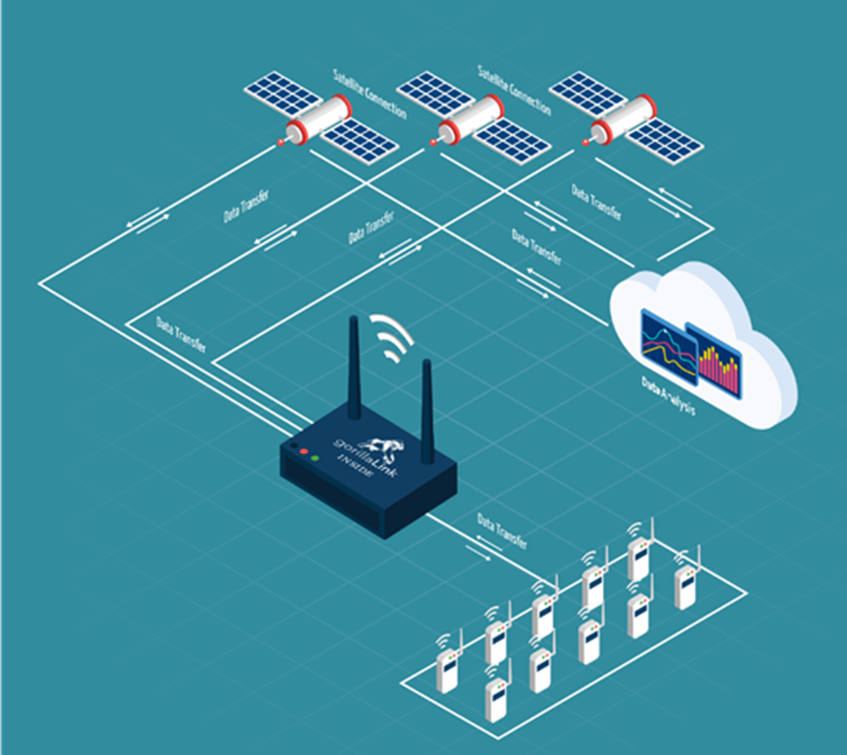
6. GreenOnyx – The company researched the growth of fresh superfood in spaceships, for astronauts on deep space missions. One of the main constraints NASA deals with is finding ways and methods of nourishment for preserving astronauts’ health on long-duration space flights. For example: manned missions to Mars where the average one-way flight time is nine months. Therefore, NASA called for feeding solutions for three-year autonomous space journeys that meet the demands and constrains of space missions. GreenOnyx developed a solution that can meet the challenges – continuous reinforcement and supply of healthy super-vegetables. NASA chose this as optimal for space and even more than this, chose it to become part of its living support system for these kinds of journeys, through continuous supply of fresh oxygen for breathing, and the absorption of CO2 that is emitted by the astronauts’ breathing. The first stage in the program is sending a small-scale automatic growth system to the International Space Station (ISS) for checking the rate of growth and the quality of the product in zero gravity conditions, including innovative solutions consumption of the vegetable without cooking or processing under the conditions of a space flight.

7. HELIOS – This is an Israeli startup that has developed technology to produce oxygen from the moon. Helios’s technology will produce oxygen across the moon, using a reactor the is fed by the moon’s sand dunes, and performs a process that produces oxygen and oxides from the moon’s surface. The process does not require consumables to be brought from the earth and therefore allows agricultural colonies “to live from the earth” on permanent bases that are distant from our planet. The oxygen is necessary for human consumption for breathing, but most of it will be used for launches and for the movement of space vehicles, since oxygen requires a combustion process. The revolutionary technology being developed by Helios produces the necessary oxygen from the moon’s sand, without using consumable raw materials from our planet, and in so doing saves costs and allows the transportation of larger cargo at the expense of the oxygen. Producing oxygen on the moon won’t only support permanent human presence on the moon, like the Artemis and Lunar Gateway, but also deep space missions, for example manned missions to Mars. Since the force of gravity on earth is far stronger than that of the moon, you need 25 times more energy in order to transport oxygen from earth to near space than to do it from the moon. Essentially, it will be much cheaper to fuel a spaceship with oxygen from the moon than with oxygen from the earth, even if the spaceship is orbiting the earth. The main process that Helios is developing is called Molten Regolith Electrolysis, while using the regolith in the core. It melts the moon regolith at 1600 degrees Celsius and afterwards, through electrolysis, removes stored oxygen for use. Helios will launch three small cargoes to the moon by 2024, in order to demonstrate the technology and to optimize the process under real moon environmental conditions.
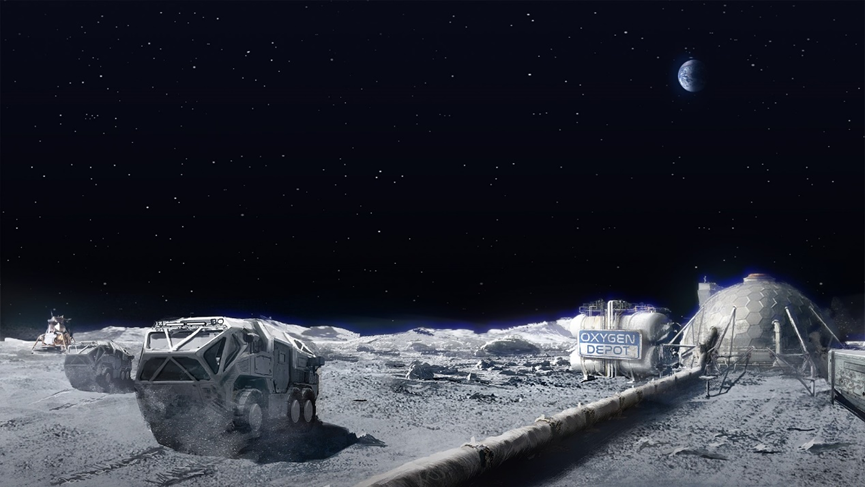
8. SCD – The company is developing a broadband detector (VIS- Extended SWIR) of multiple pixels for a hyper-spectral space camera. The project will develop an innovative and ground-breaking detector in a large format with a wide and high spectral response in the area of Visible + SWIR + Extended SWIR. An Extended SWIR detector with a large format and a broadband response is required for a number of space applications, including filming earth from space while covering a wide area of territory with a high resolution with a large number of pixels, and at the same time to receive hyper-spectral information at a high resolution, in order to identify different materials via distant passive sensing. In this way it is possible to identify the difference between natural vegetation and camouflage, different minerals on land, the density of different materials in the atmosphere (aerosols, water vapor, etc.), oil spills and pollution at sea, diseases of plants and forests, identifying fires, land data for agricultural purposes (humidity, organic materials, salinity etc.). Since the level of energy (vibration, rotation) of many molecules are in the SWIR domain, there is great value in this field of remote hyperspectral sensing.
Below: Picture of Haifa Bay and the mountains of the Galilee from an infra-red sensor in the thermal field (MWIR), which constitutes the basis of the new technological development for applying hyperspectral sensing from space:
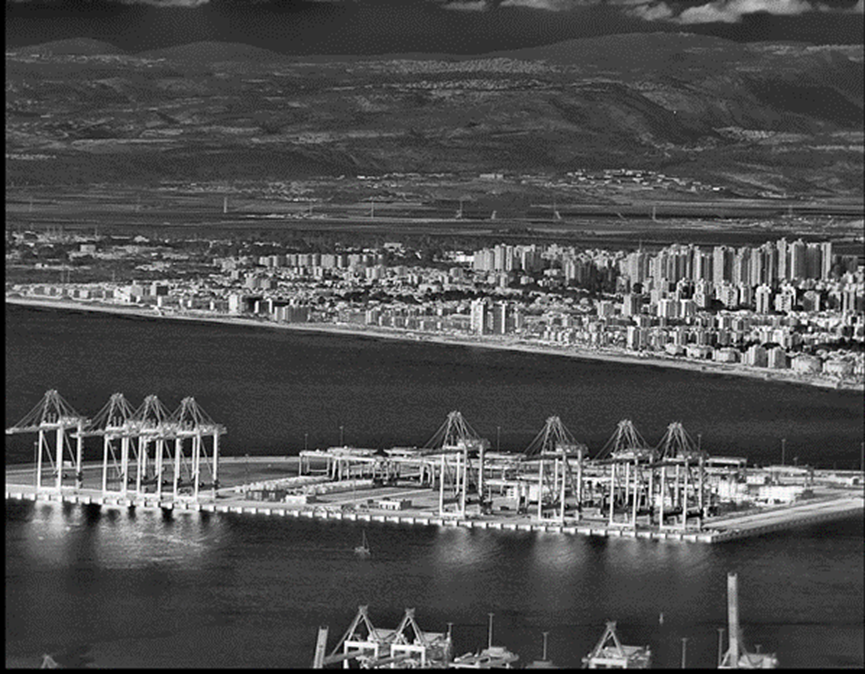
9. Space Plasmatics – Development of an electric ignition system for microsatellites based on plasma, using dimensional Hall Thruster technology and the smallest electricity supply currently available on the market. The ignition system will include an innovative engine named microHET that is based on a ground-breaking patent by the inventor, Dr. Yigal Kraunhaus, in the framework of his academic work. The technological innovation touches on the new geometry of the engine channel, which makes use of a narrow metal channel, where the thickness of the incision at the exit is a mere one millimeter. The volume of the small channel allows the ionization of the gas and the creation of plasma with the gas flows and an especially small electricity supply. The product also makes use of the unique and innovative knowledge with regard to igniting this type of engine. The functional innovativeness of the final product will be expressed in the fact that this is an engine that operates at only around 20 watts and produces an impulse of one millinewton. It is suitable for all types of anticipated missions for small satellites, and improves the implementation of changing/maintaining course, de-orbit, and collision avoidance.
A picture of a microHet engine in action in a vacuum cell (right), picture of a prototype three-centimeter microHET engine (left)
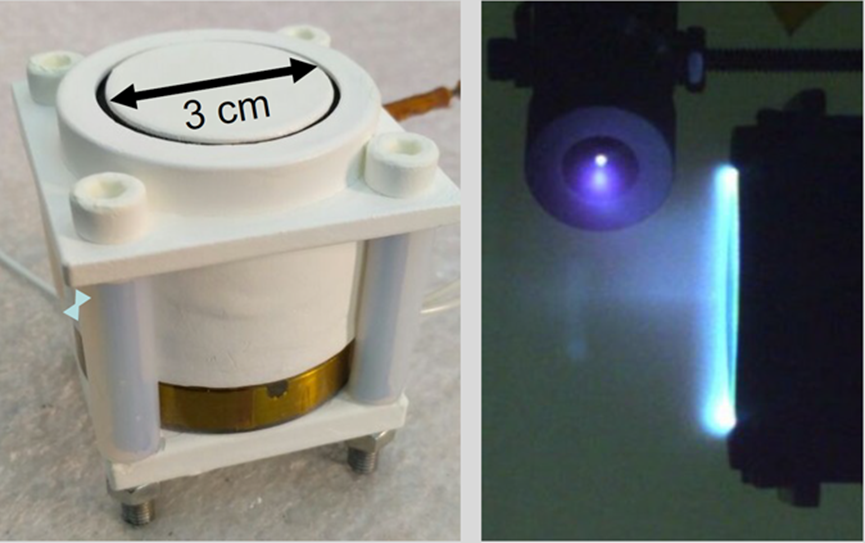
10. NewRocket – The company deals with developing a space ignition system for launching large satellites. Today, chemical rocket engines for spaces uses are based mainly on hydrazine, which serves as a uni-propellant, and materials based on hydrazine that are used in energetic bi-propellant assemblies. Hydrazine is a highly toxic substance. Its use significantly increases the costs of the space project and endangers those working in it, and therefore the space industry is motivated to identify alternative propulsors. The alternative propulsors that are being developed today mainly include uni-propellant propulsors, those classified as having “reduced toxicity,” whose performance is lower than the NewRocket’s uni-propellant performance. The goal of the project is the improvement and continuation of the maturation of materials technologies, processes and supervision of the directional propulsion system and its use in the launching of satellites based on “green” bi-propellant rocket engine gel, i.e. a non-toxic propellant. As part of the projects, models will be developed of basic ignition systems based on green bi-propellants with propellants of N400 and N25. The bi-propellant is unique and is the result of many years of development work at the Technion and NewRocket. The system is designed for initial ignition systems for launches (mainly upper stage systems), and satellite ignition systems, spaceships and landers, where issues like reducing weight, implementation and costs are of the utmost significance.
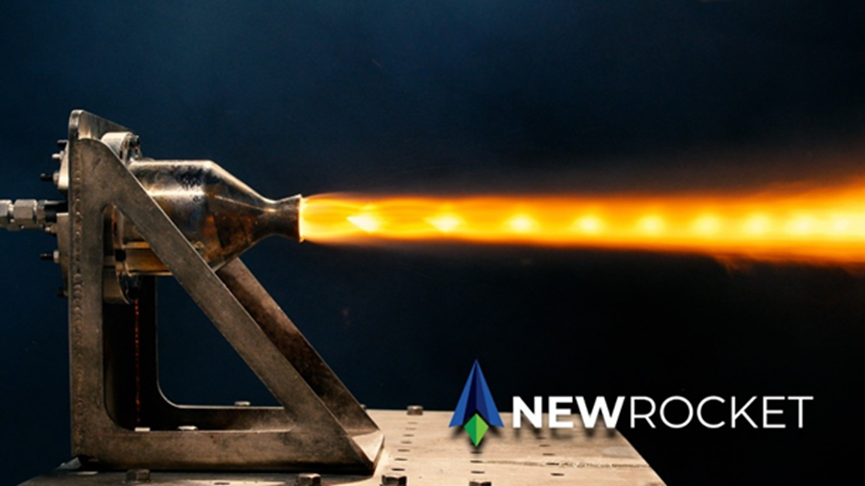
11. Ramon Space – The company was established in order to respond to Israel’s strategic need to build microchips for satellites, since there are many limitations on the import of microchips for satellite usage, mainly from the United States. Today Ramon Space is developing the next generation of space microchips, which will specialize in processing signals and information received via satellite. For example, while taking a picture, these microchips can process and improve the picture, and even locate objects or features within it that have been defined in advance. Satellites for civilian usage, such as the Israeli ‘Venus’ that was built in the aerospace industry by the Israel Space Agency, can in the future use these microchips for analyzing information from images of agricultural fields, for example, and to analyze the information with regard to irrigating fields. Instead of sending the picture to earth, the advanced microchip can already analyze the data from the moment it is received in space, and to overcome limitations stemming from transferring too much data from satellites to earth. Regarding the commercial aspect, the microchips being developed by Ramon Space are also suitable for communications satellites like the AMOS satellites. Alongside the commercial aspects, Ramon Space’s microchips also have a respected place in international missions. At the beginning of December 2014, the Japanese Aerospace Exploration Industry (JAXA) launched the Hayabusa 2 spaceship for a mission to research one of the meteoroids of Apollo. Hyabusa 2 carried on its back a computer chip designed by Ramon Space that was manufactured by Tower Semiconductors in Migdal HaEmek, Israel.
